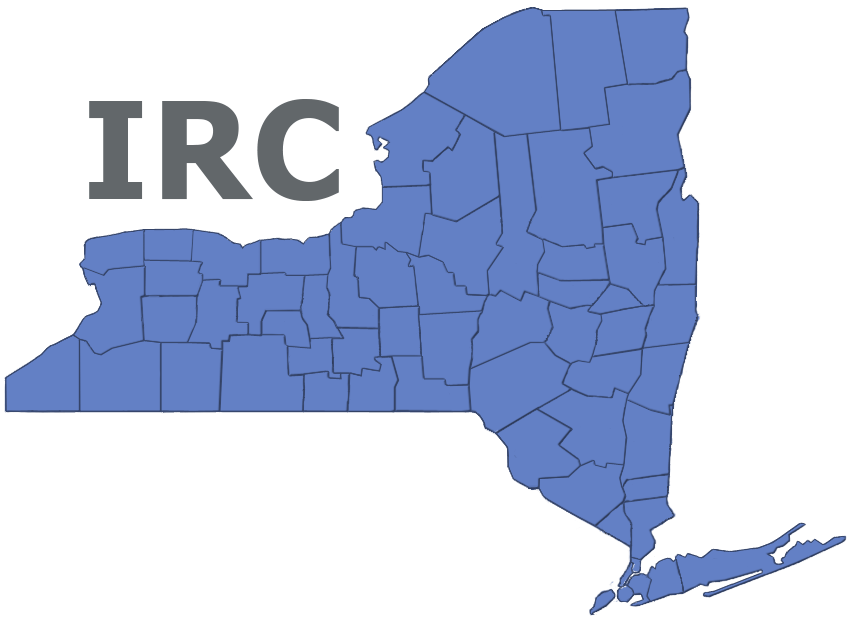ALBANY- A legal battle regarding the redrawing of congressional district lines in New York state is progressing through the courts, potentially paving the way for Democrats to have another opportunity to reshape the districts. The challenge stems from the rejection of gerrymandered lines in 2022, which would have heavily favored Democrats in the state. The rejection led to a challenging year for Democrats, who ended up winning only 15 of the 26 districts determined by the courts, ultimately contributing to Republicans regaining control of the U.S. House of Representatives.
Lawyers associated with the Democratic Party are now seeking to initiate the redistricting process anew, a move that could potentially benefit Democrats in the 2024 elections, particularly in the New York City suburbs, which serve as a major battleground. Former Rep. John Faso, who has been involved in the GOP’s legal strategy regarding redistricting, criticized the Democrats’ approach, accusing them of attempting to subvert democracy and gerrymander the entire state.
According to a constitutional amendment approved by New Yorkers in 2014, an “Independent Redistricting Commission” is responsible for drawing the initial set of maps, which the state legislature can vote to approve or reject. If the maps are rejected, the commission draws a second set of maps, which are then given to the legislature for consideration. If the legislature rejects the second set as well, lawmakers have the authority to draw their own district lines.
However, last year, the commission failed to produce a second set of maps. Consequently, the Democratic-dominated legislature drew their own lines, but those lines were ultimately invalidated when the courts intervened and created the current district boundaries for New York’s 26 House seats.
The current legal debate revolves around whether the court-drawn maps were intended only as a temporary solution for the 2022 elections. Attorney Aria Branch from the Elias Law Group, a Democratic-aligned firm involved in the case, argued that the court-drawn maps were intended as an emergency measure for the 2022 elections and that the commission has a constitutional obligation to complete the redistricting process.
If the plaintiffs succeed, the entire redistricting process would likely restart. A reconstituted redistricting committee would conduct hearings across the state in the fall and present new plans by January. If both sets of maps are rejected, Democrats in the state legislature could have another opportunity to draw new district lines.
Republicans, however, assert that such a solution would be unconstitutional. They point to constitutional language stating that any redistricting plans “shall be in force” until after the next decennial census “unless modified pursuant to a court order.” Faso argued that the legislature acted unconstitutionally by implementing an unconstitutional gerrymander, and the court’s intervention was the appropriate remedy.
During the recent court hearing, the five judges repeatedly expressed uncertainty regarding whether the court-drawn maps were intended to be permanent or temporary, given the lack of guidance in the 2022 decision by the Court of Appeals, the state’s highest court. Regardless of the current judges’ decision, the case is expected to be appealed and will likely return to the Court of Appeals.
Three Hudson Valley Districts- the 17th, 18th and 19th are likely to figure prominently in the Democrats efforts to retake the majority in Congress, particularly if the maps become more favorable. The results would potentially make the road to reelection smoother for Democratic incumbent Pat Ryan and much bumpier for Republican Incumbents Mike Lawler and Marcus Molinaro.








